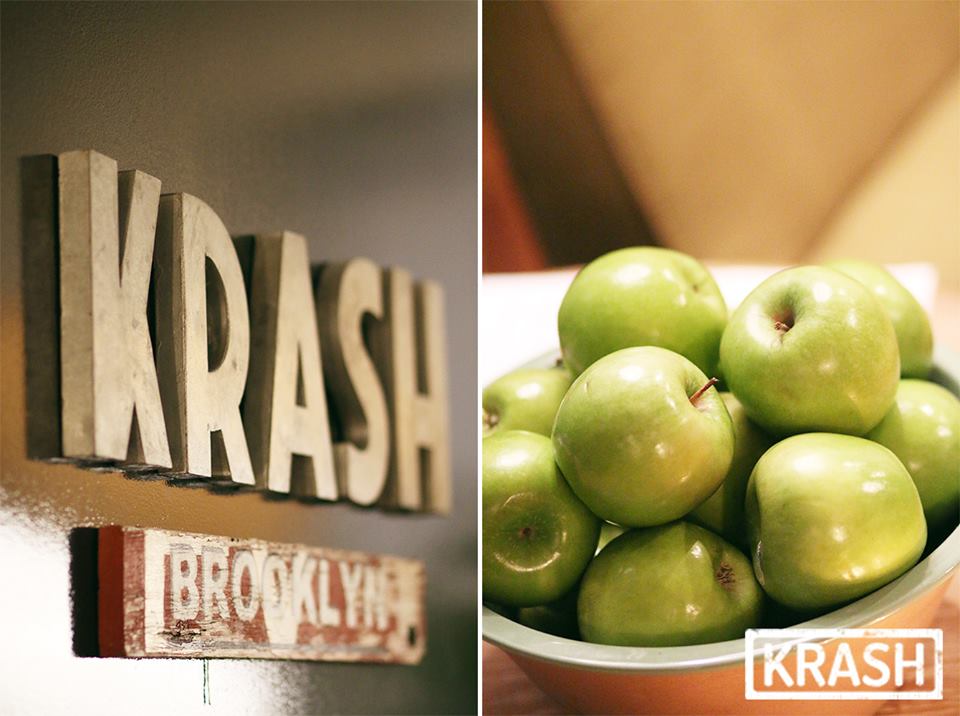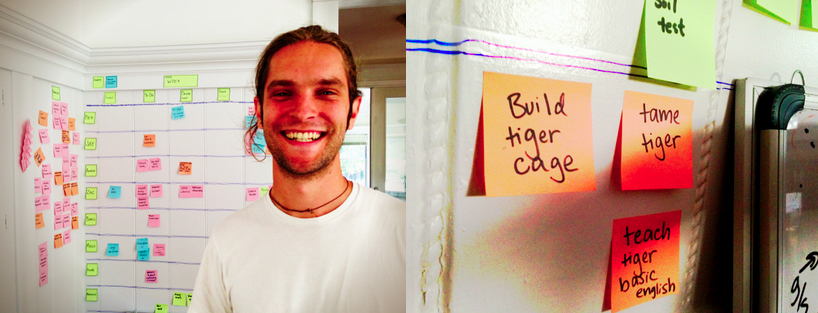Top photo credit: Open Door Development.
Now that coworking is a fairly well understood, some folks are going one step further by establishing collaborative spaces at home with what's called coliving. Like coworking, coliving is more than sharing space. Ideas and intentions, projects and purpose all come together in a true coliving environment.
As Shareable's Jessica Reeder put it, “Living alone may allow us to focus on our own goals without distraction, but it robs us of the type of communication that only happens when people are relaxed and at home together…Coliving hacks this trend, infusing the blurring boundaries of work and leisure with new opportunities for inspiration, learning, and social innovation. Here, 'home' is reinvented with a new purpose. It’s a community, an ethos, a series of opportunities for collaboration.”
Bringing all that intention under one metaphorical roof, coliving networks offer members of one house access to affiliated spaces around the globe. Most networks target specific demographics, for instance young entrepreneurs or social innovators.
It's a whole, new — and big — world out there when it comes to coliving so, if you want to give it a go, here are six coliving networks to help you find your place in it:
1. Coliving.org

The Sandbox House coliving in Berkeley, California. Credit: Open Door Development Company.
Coliving.org is a directory and thus a virtual network of coliving spaces. It's a project of Open Door Development, a leader in the coliving movement, who also built Modern Nomad, open-source software that's used to manage and foster collaboration in coliving spaces.
The site lays out the definition of coliving in two easy points:
Shared housing designed to support a purpose-driven life.
A modern, urban lifestyle that values openness, sharing, and collaboration.
But, for those who are serious about stepping up to the challenge the Coliving.org offers their Manifesto for Shared Living as follows:
We are exploring new ways of living and creating home. Through this process we have come to value:
Community alongside individuality
Intentionality over apathy
Openness and collaboration over competition
Sharing over consumption
Inquiry and experimentation over the status quo
Responsibility and action over cynicism and resignation

The Embassy house in San Francisco, California. Credit: Open Door Development.
With their “one rent, live anywhere” slogan, the Embassy Network is another Open Door creation. It offers a more on-the-go experience of coliving as members enjoy access to shared living spaces around the world. The Embassy Network “seeks to create a new form of collaboratively managed commons.” Innovation and collaboration are the keys to this particular coliving kingdom.
Their flagship property, The Embassy, is a 7,500 sq.ft Victorian Mansion in San Francisco, California that features eight bedrooms, a music room, a craft room, and a bowling alley, along with 3D printers, skillshares, and potluck dinners.
3. Krash

A Krashpad in Brooklyn, New York. Credit: Krash.
Krash, located in Boston, Massachusetts, focuses providing accelerated networking and collaboration for entrepreneurs that go far beyond what they might experience otherwise. Founded by Jennifer and Phil Fremont-Smith, Krash allows members to stay for two to six months depending on their needs. Each Krashpad offers “access to first class events, three meals a week, business class Internet, projectors, sound systems, extensive kitchenware, coffee, tea, an apple a day, olive oil, spices, shampoo, soap, and full linen service.”
4. the co.space
Putting a slightly different spin on the coliving ball, the co.space network pairs high-achieving students with experienced changemakers under the same roof with the shared goal to, "make the world a better place.” Their built-in Collaboracam video conferencing technology connects co.spaces around the world with partner houses so that the individual groups can share ideas and experiences with the wider network. The first home in the co.space network is a 5,000-square-foot, 14-bedroom estate in State College, Pennsylvania, which houses 20 residents.

Arduino Day at unMonastery Matera. Credit: unMonastery.
In an UnMonastery, the main motive is to remove the need for residents to make money so that residents can devote themselves to improving the communities in which they live. The model takes collective purpose cues from both monasteries and hackerspaces, adding in facets “of co-creation and co-learning between the community and unMonasterians” which gives the non-profit unMonastery a certain nobility and selflessness that the entrepreneur-centric networks lack. The first unMonastery hosts 14 residents in Matera, Italy.
6. Campus

Six of the Bay Area Campus houses. Credit: Campus.
With 13 houses scattered throughout the Bay Area in Northern California, Campus chooses not to limit itself to any one demographic, but rather to inject itself into one of the most expensive rental markets in the country. With Campus, applicants-turned-members pay one monthly fee that includes membership, rent, utilities, and optional services like access to vacation cabins in Napa and Lake Tahoe. Campus values connection over collaboration, relationships over ideation, and each home's community has its own, unique way to live out those values.
BONUS: check out Pure House in NYC, a social enterprise that caters to world changers.









